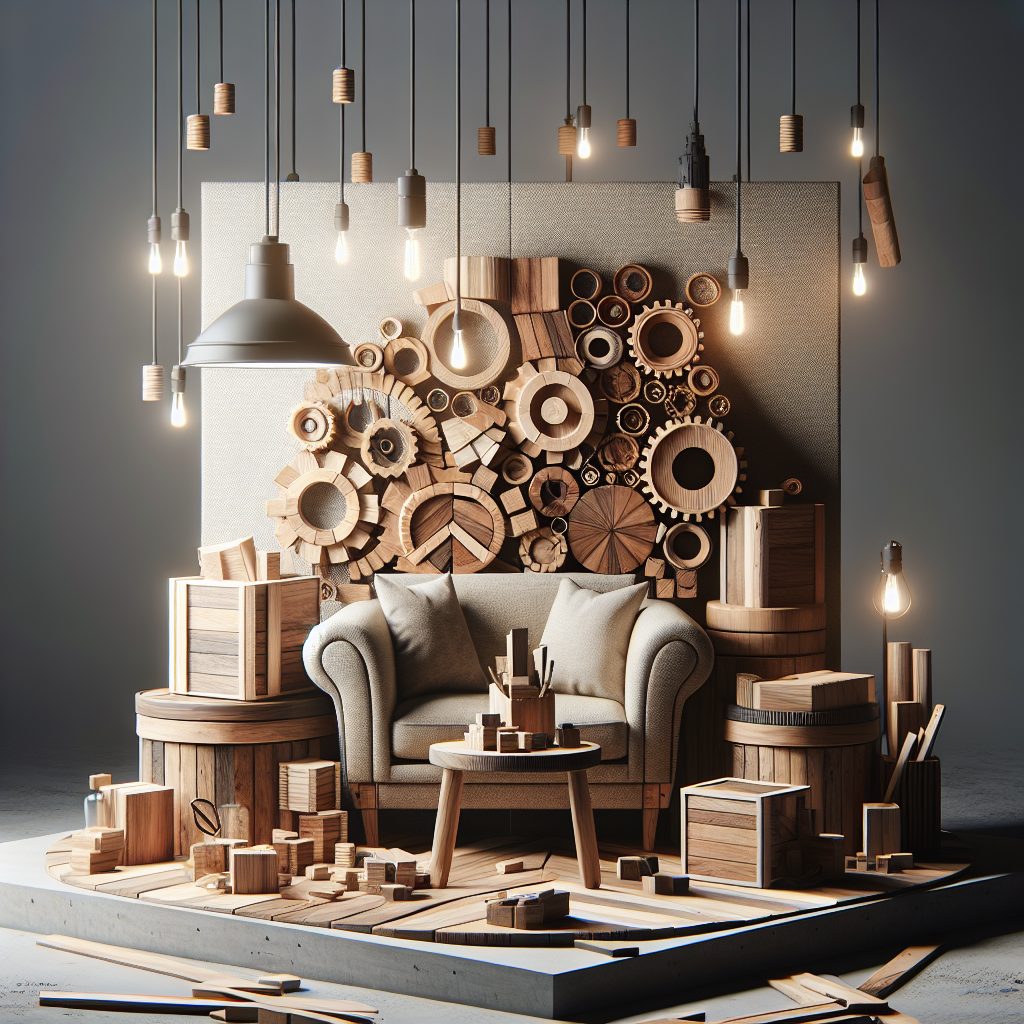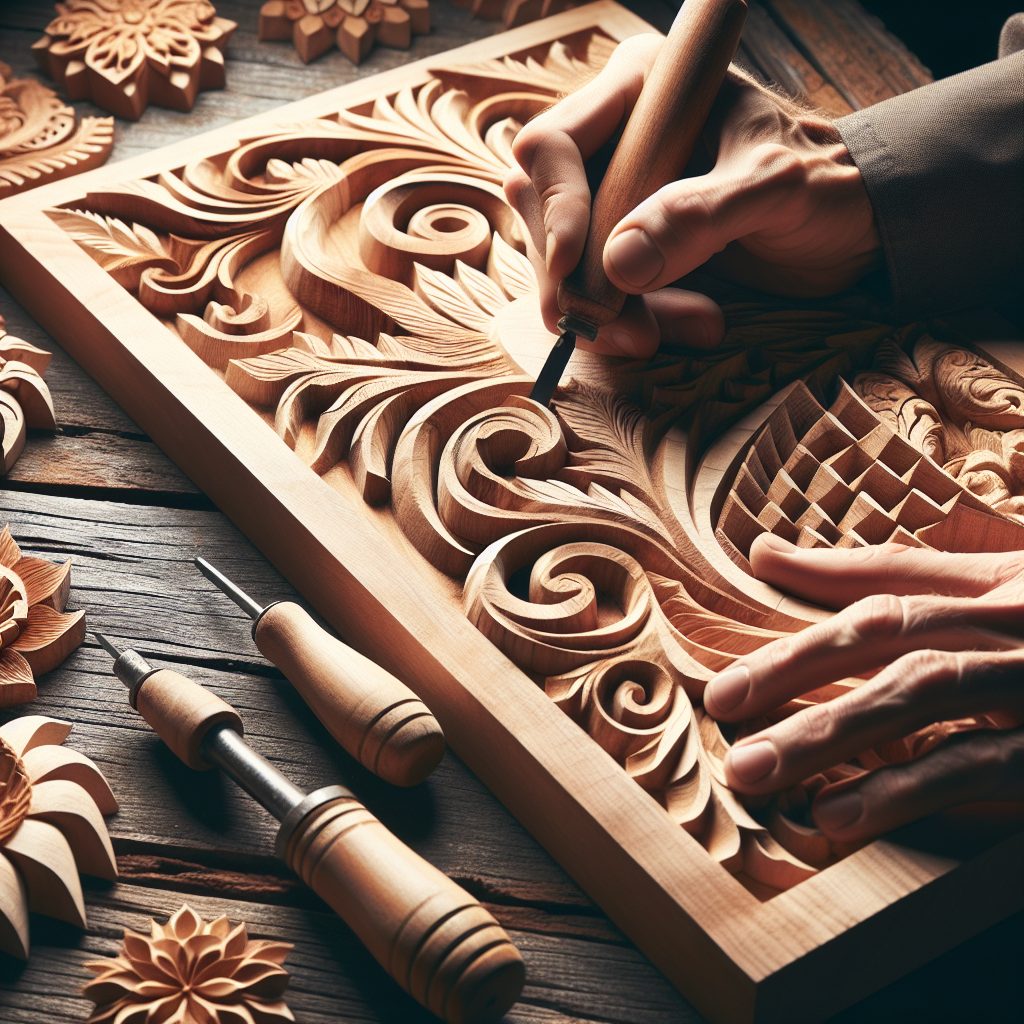Wood decor has gained immense popularity in recent years, as it adds warmth and character to any space. With the rise of DIY culture, many enthusiasts are exploring innovative techniques to craft unique pieces that reflect their personal style. This article delves into some creative methods that not only enhance the aesthetic appeal of wood decor but also promote sustainability and craftsmanship.
Exploring Upcycling in Wood Decor
One of the most exciting trends in wood decor is upcycling, which involves transforming old or discarded materials into new, functional items. By upcycling scrap wood, artisans can create stunning pieces while minimizing waste. This technique not only saves money but also encourages creativity, as each piece of wood has its own unique history and character.
Incorporating upcycled materials into decor projects can result in one-of-a-kind items that tell a story. For example, using reclaimed wood from old furniture can add a rustic charm to modern interiors. Additionally, the process of upcycling often involves a variety of techniques, including sanding, painting, and staining, which can further enhance the wood’s natural beauty.

Moreover, embracing upcycling aligns with eco-friendly practices that are increasingly important in today’s world. By choosing to repurpose materials, creators not only contribute to a reduction in landfill waste but also promote the use of sustainable resources. This approach allows for the creation of beautiful wood decor while being mindful of the environment.
Finishing Techniques for Distinctive Wood Decor
Once a piece of wood decor is crafted, the finishing touches play a crucial role in defining its final appearance and durability. Various finishing techniques can be employed to achieve different effects, from glossy finishes to rustic looks. For instance, applying a clear coat can enhance the natural grain of the wood, while stains can add depth and color.
Experimenting with different finishes can also result in unique textures and looks. Techniques such as distressing or using a wire brush can give the wood a weathered appearance, making it perfect for farmhouse-style decor. Additionally, layering multiple finishes can create a sense of dimension and complexity, setting a piece apart from mass-produced alternatives.
Understanding the properties of various finishing products is essential for achieving the desired outcome. Some finishes are better suited for indoor items, while others are designed to withstand outdoor conditions. By selecting the right products, artisans can ensure that their wood decor not only looks great but also lasts for years to come.

Embracing Eco-Friendly Practices
In today’s crafting landscape, embracing eco-friendly practices is more than just a trend; it’s a responsibility. Using sustainable materials and methods is essential for reducing the environmental impact of woodworking. By incorporating eco-friendly practices into their projects, woodworkers can create beautiful decor that aligns with their values.
Choosing sustainably sourced wood, such as bamboo or reclaimed timber, can significantly reduce the ecological footprint of a project. Furthermore, utilizing non-toxic finishes and adhesives ensures that the finished product is safe for both the environment and the home. This commitment to sustainability not only benefits the planet but also appeals to consumers who prioritize eco-conscious products.
Moreover, the use of environmentally friendly techniques can inspire a new generation of woodworkers. By showcasing the beauty of sustainable materials and methods, artisans can encourage others to follow suit, fostering a community that values craftsmanship and environmental stewardship.
